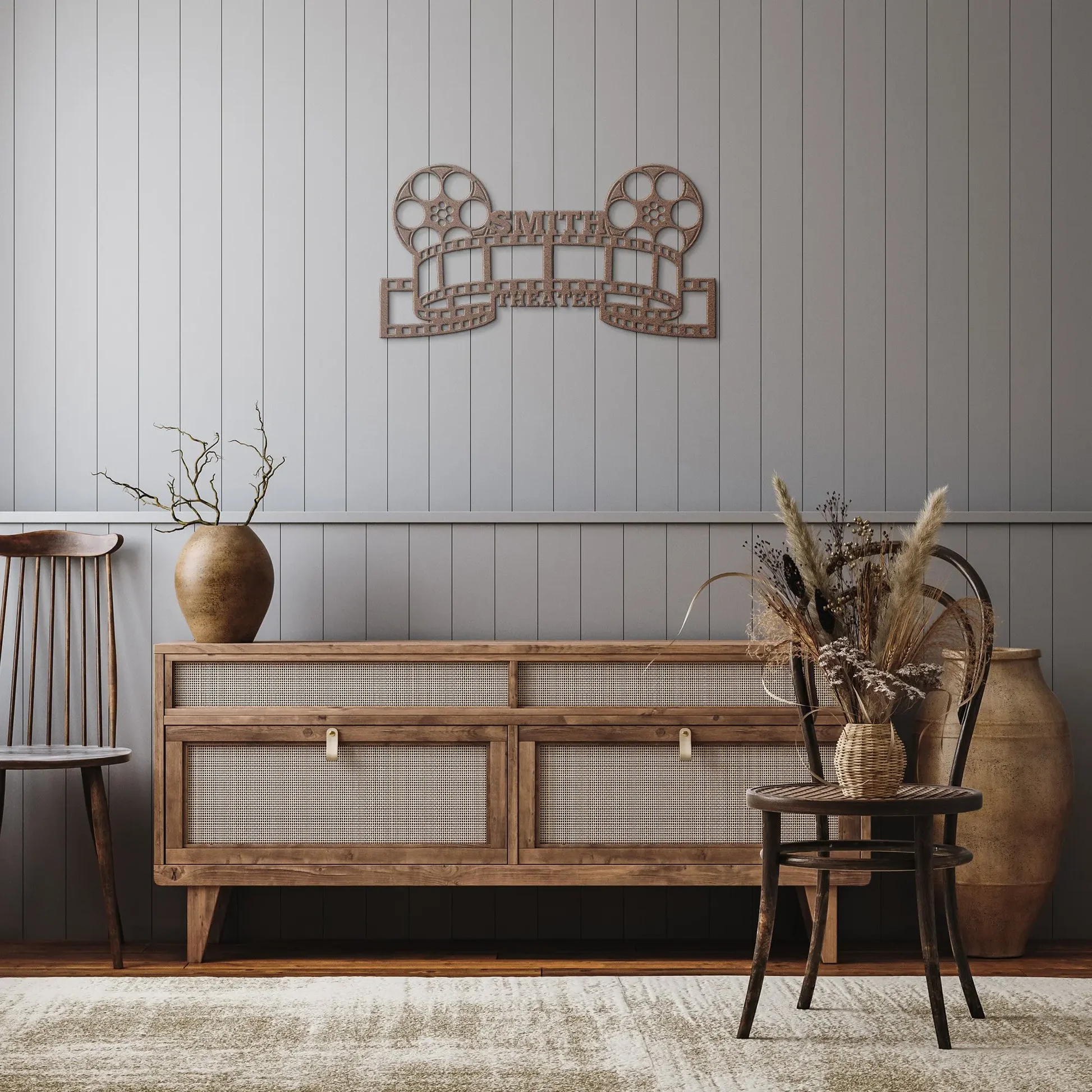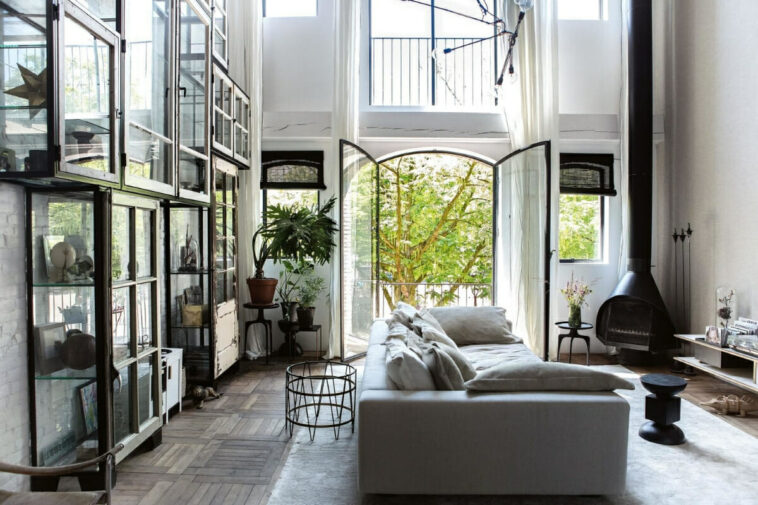Moving into a new house marks the beginning of a beautiful journey as you transform empty spaces into a place of comfort and joy. Making your new house a home involves a combination of practicality, creativity, and personal touch. Keep reading to explore key areas of focus to turn your house into a warm and inviting sanctuary.
1. Foster a Sense of Community and Belonging

A true home extends beyond the physical space; it embraces a sense of community and belonging. Building connections with neighbors and getting involved in local activities enriches your living experience and creates a vibrant and supportive environment. Introduce yourself to your neighbors and attend community events or gatherings.
Engaging in friendly conversations and building relationships fosters a sense of belonging in your new neighborhood. Participate in local clubs, organizations, or volunteer opportunities. Getting involved in community initiatives allows you to give back, make a positive impact, and connect with like-minded individuals who share common interests. Host gatherings or social events at your home to welcome neighbors and friends. Shared moments of laughter and camaraderie strengthen bonds and create cherished memories.
Explore local businesses and establishments, supporting the community while discovering hidden gems. Visiting farmers’ markets, small boutiques, and cafes not only encourages local entrepreneurship but also connects you to the heartbeat of your neighborhood. Attend community meetings or town events to stay informed about local issues and have a say in shaping your community. Participating in decision-making processes empowers you to contribute positively to the place you call home.
2. Mastering Space Optimization
Optimizing your space is essential, especially in a new house where every square inch matters. Adopt these space-saving techniques to create a functional and organized living environment. Invest in multi-functional furniture that serves multiple purposes. For instance, a sofa bed in the living room can double as a guest bed, or a coffee table with hidden storage provides a place to keep items while keeping the space tidy. Utilize vertical space effectively by installing shelves and wall-mounted storage units. Vertical storage not only maximizes space but also adds a decorative touch to your home. Choose furniture with built-in storage options, such as ottomans with hidden compartments or beds with under-bed storage drawers. These pieces offer additional storage without compromising floor space. Declutter regularly to maintain an organized and open environment. Donate or sell items you no longer need or use, keeping only the essentials that bring value and joy to your life.
3. Personalize with Art and Décor

Infuse your new house with personality and warmth by incorporating art and décor that resonate with your style and interests. Display artwork and photographs that hold sentimental value or evoke positive emotions. Personal touches on your walls create an inviting and personalized atmosphere. Explore DIY décor projects that allow you to express your creativity and add unique elements to your home. From handmade wall art to customized furniture, DIY projects infuse your space with your personal touch. Incorporate textiles like throw pillows, blankets, and curtains in colors and patterns that complement your interior design. Textiles not only add comfort but also provide opportunities to introduce different textures and hues. Greenery and plants bring life and freshness to your home. Choose low-maintenance houseplants that suit your living conditions and place them strategically to liven up your space.
4. Embrace Bulk Buying for Necessities
Bulk buying not only helps you save money but also ensures you have a well-stocked home with essential supplies. Begin by identifying items that you frequently use and have a long shelf life, such as bulk toilet paper, paper towels, cleaning supplies, and non-perishable food items. Consider investing in a membership at a wholesale club to access bulk deals on everyday necessities. Buying in bulk not only reduces costs per unit but also minimizes the frequency of shopping trips, freeing up time for other activities. Create a dedicated storage space for your bulk purchases, keeping them organized and easily accessible. Utilize shelves, storage cabinets, or pantry areas to neatly arrange your supplies, ensuring nothing goes to waste. Stay mindful of expiration dates when buying in bulk, particularly for food items. Label your storage containers with purchase dates to rotate supplies and use them before they expire.

5. Cultivating a Welcoming Ambience
Creating a welcoming atmosphere is crucial in making your house feel like home. Focus on sensory experiences that evoke feelings of comfort and serenity. Layer lighting sources, such as overhead fixtures, floor lamps, and candles, to achieve a warm and inviting ambiance. Dimmer switches allow you to adjust lighting intensity to suit different moods. Incorporate scents that appeal to your senses, such as scented candles, essential oils, or fresh flowers. Pleasant aromas create a comforting and relaxing atmosphere. Invest in cozy textiles like plush rugs and soft blankets to add warmth and comfort to your living spaces. Soft textures underfoot and draped over furniture invite relaxation and coziness. Create a welcoming entryway with a stylish doormat, coat rack, and a designated space for shoes. This small area sets the tone for your home, making guests feel instantly at ease.
Transforming your new house into a home is an artful process that combines practicality, creativity, and personal touch. With these tips, your house will blossom into a cherished haven that reflects your unique identity and nurtures your soul. As you unleash the magic of personal space, embrace the journey of making your new house truly feel like home, a place of comfort, joy, and empowerment.




